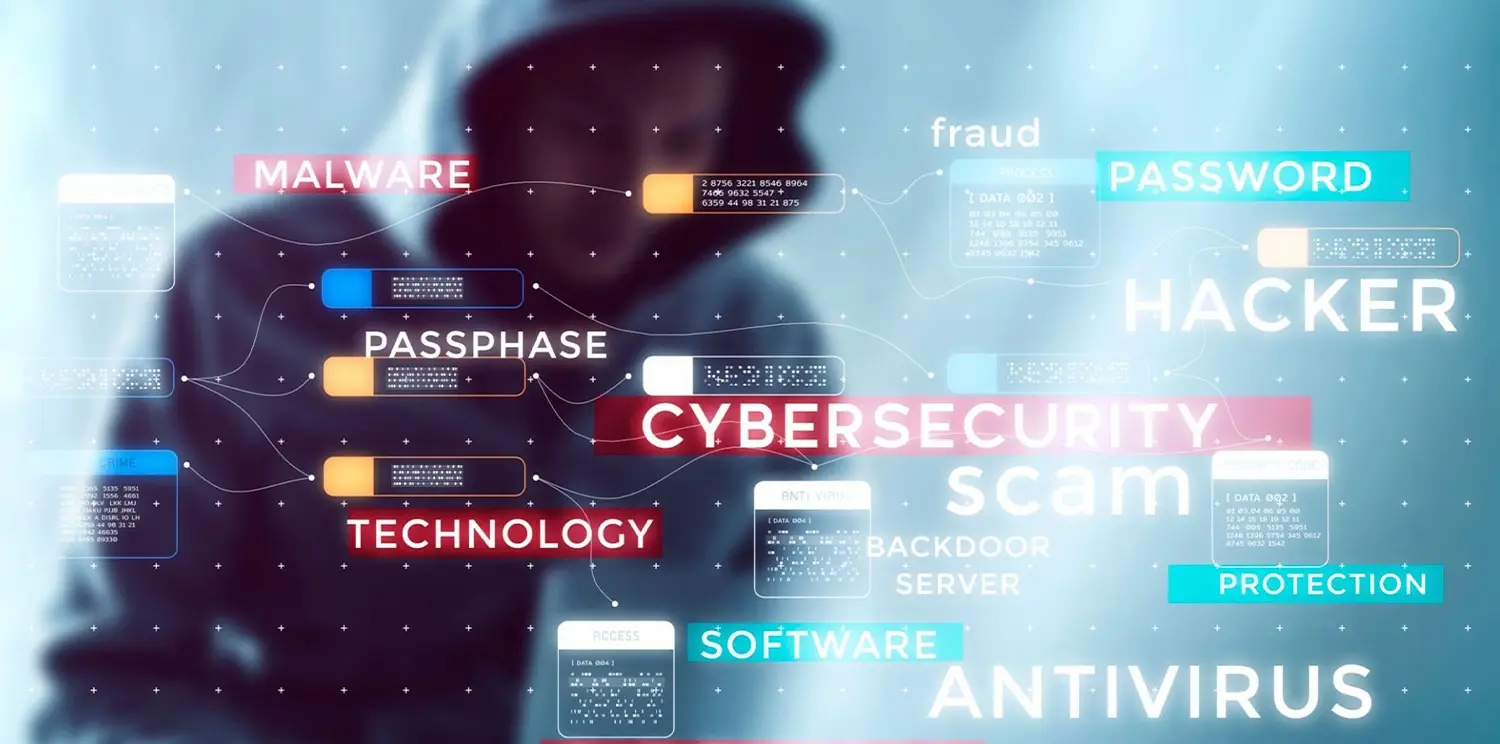In today’s digital age, businesses are at an increased risk of cyber attacks. As a result, it has become increasingly important to have a dedicated Security Operations Centre (SOC) to help protect against cyber threats. A SOC is a central location within an organization that is responsible for monitoring, analyzing, and responding to security events and incidents.
Building a SOC can seem like a daunting task, but with the right approach, it can be a valuable investment in your organization’s security. In this article, we’ll explore the steps you need to take to build a SOC that is effective, efficient, and scalable.
Step 1: Define the scope and goals of your SOC
Before building your SOC, you need to determine what it will do and what its goals are. This includes defining the scope of the SOC, what assets it will be responsible for protecting, and the level of risk the organization is willing to accept. This information will help you determine the types of tools and technologies needed to build a SOC that meets your organization’s unique needs.
Step 2: Assemble a team of experts
Building a SOC requires a team of experts with a diverse set of skills. This includes security analysts, incident responders, threat hunters, and other security professionals. When assembling your team, consider the size and complexity of your organization, as well as the number of security incidents you expect to handle.
Step 3: Develop processes and procedures
To ensure your SOC is effective, it’s essential to develop processes and procedures that will help your team detect and respond to security incidents quickly and efficiently. These processes should include incident response plans, playbooks, and escalation procedures. Regularly review and update these procedures to ensure they are still relevant and effective.
Step 4: Select the right tools and technologies
Your SOC will rely on a variety of tools and technologies to monitor, analyze, and respond to security events. These may include Security Information and Event Management (SIEM) systems, threat intelligence platforms, intrusion detection and prevention systems (IDS/IPS), and other security tools. Choose the tools that best fit your organization’s needs, taking into account factors such as cost, ease of use, and integration capabilities.
Step 5: Implement and test your SOC
Once you have your team, processes, and tools in place, it’s time to implement your SOC. This includes configuring your tools and technologies, training your team on the processes and procedures, and conducting initial testing to ensure everything is working as expected. Regularly test and evaluate your SOC to identify areas for improvement and ensure it is always up to date with the latest threats and vulnerabilities.
Conclusion
Building a SOC can seem like a daunting task, but it’s essential for protecting your organization from cyber threats. By following the steps outlined in this article, you can build a SOC that is effective, efficient, and scalable. Remember to define your scope and goals, assemble a team of experts, develop processes and procedures, select the right tools and technologies, and implement and test your SOC regularly. With the right approach, you can build a SOC that is a valuable investment in your organization’s security.
TSAROLABS is a technology consulting and software development company that can help organizations in building and maintaining their Security Operations Center (SOC). Here are some of the ways TSAROLABS can help in the above statement content:
Scope and Goals Definition: TSAROLABS can work with your organization to define the scope and goals of your SOC. They can help identify the assets that need to be protected, determine the level of risk that your organization is willing to accept, and develop a roadmap for building a SOC that meets your unique needs.
Team Assembling: TSAROLABS can help assemble a team of experts with a diverse set of skills to staff your SOC. They have a network of security professionals who can be hired as a dedicated team or as individual consultants.
Process and Procedure Development: TSAROLABS can assist in developing processes and procedures that are specific to your organization’s needs. They can help create incident response plans, playbooks, and escalation procedures that are tailored to your organization’s size and complexity.
Tool and Technology Selection: TSAROLABS can help select the right tools and technologies for your SOC. They have experience working with a variety of security tools, including SIEM systems, threat intelligence platforms, IDS/IPS, and other security tools. They can help you choose the tools that best fit your organization’s needs, taking into account factors such as cost, ease of use, and integration capabilities.
SOC Implementation and Testing: TSAROLABS can help implement and test your SOC. They can configure your tools and technologies, train your team on the processes and procedures, and conduct initial testing to ensure everything is working as expected. They can also conduct regular testing and evaluations to identify areas for improvement and ensure your SOC is always up to date with the latest threats and vulnerabilities.
Overall, TSAROLABS can provide end-to-end support in building and maintaining your SOC. They can help you stay ahead of cyber threats and protect your organization’s assets and reputation.
Related Tags: Security Operations Centre, SOC, cyber attacks, cyber threats, security professionals, processes and procedures, tool and technology selection, TSAROLABS, software development, technology consulting.


